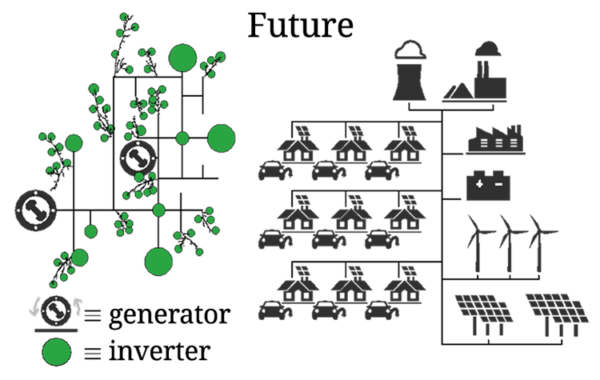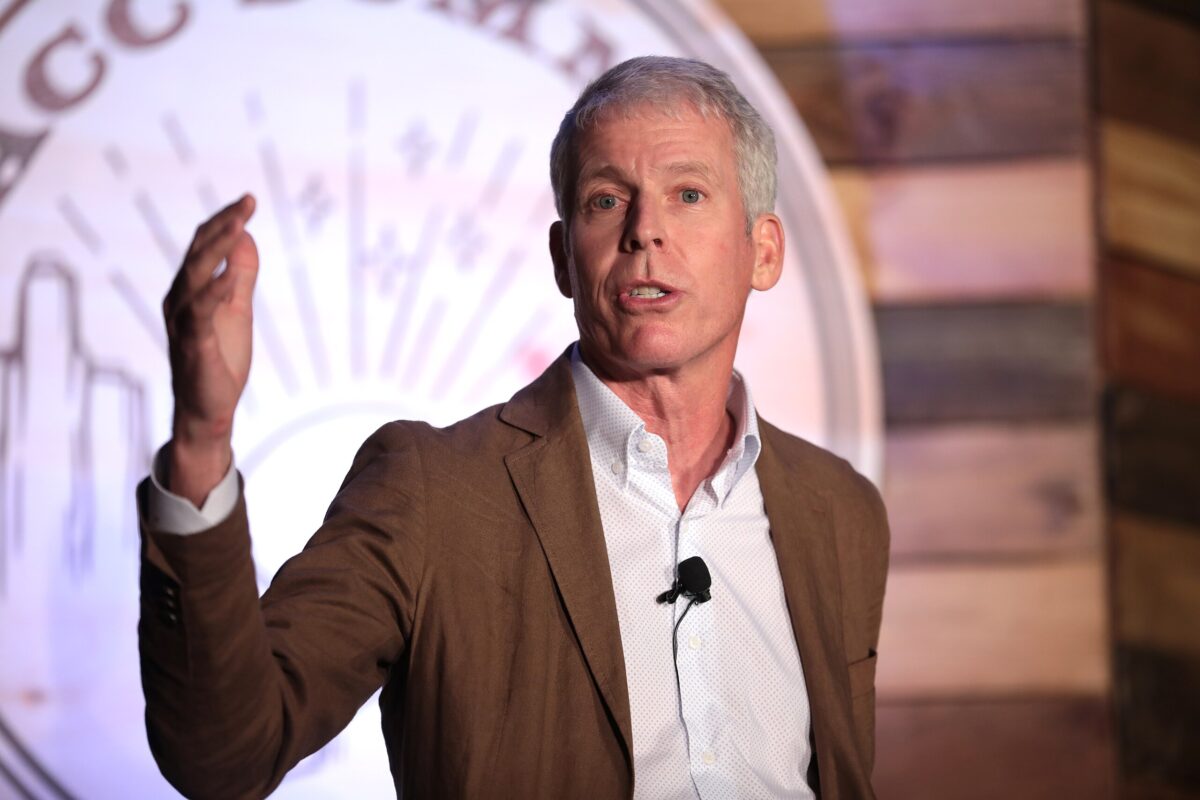Pacific Gas and Electric Co. has asked California’s state utility regulators to approve six additional battery energy storage projects totaling 387 MW of capacity.
The utility said that the six project agreements complete procurement requirements outlined in a November 2019 decision by the Public Utility Commission. That decision identified potential electric system reliability issues beginning this coming summer. Regulators authorized PG&E to procure at least 716.9 MW of system reliability resources to come online between Aug. 1, 2021 and Aug. 1, 2023.
In May, PG&E announced the results of its first round of procurement: 423 MW of battery energy storage capacity, scheduled to be online by August 2021.
The six new projects all feature lithium-ion battery energy storage technology, each with a four-hour discharge duration.
- Nexus Renewables U.S. Inc. – The AMCOR project includes a 15-year agreement for behind-the-meter battery energy storage resources totaling 27 MW located across multiple sites in PG&E’s service area.
- Lancaster Battery Storage, LLC – The Lancaster Battery Storage project includes a 15-year agreement for a 127 MW transmission-connected stand‑alone battery energy storage resource in Lancaster, Calif.
- LeConte Energy Storage, LLC (a unit of LS Power Associates, L.P.) – The LeConte Energy Storage project includes a 15-year agreement for a 40 MW transmission-connected stand‑alone battery energy storage resource in Calexico, Calif.
- North Central Valley Energy Storage, LLC (a unit of NextEra Energy Resources Development, LLC) – The North Central Valley Energy Storage Project includes a 15-year agreement for a 132 MW transmission-connected battery energy storage resource in Linden, Calif.
- Daggett Solar Power 2, LLC (a unit of Global Infrastructure Partners) – The Daggett 2 BESS project includes a 15-year agreement for a 46 MW transmission-connected battery energy storage resource co-located with the Daggett 3 BESS Project in Daggett, Calif.
- Daggett Solar Power 3 – The Daggett 3 BESS project includes a 15-year agreement for a 15 MW transmission-connected battery energy storage resource co-located with the Daggett 2 BESS Project in Daggett, Calif.
The AMCOR project, the Lancaster Battery Storage project, and the LeConte Energy Storage project – totaling 194 MW – are scheduled to come online by August 2022. The North Central Valley Energy Storage project and both Daggett projects – totaling 193 MW – are scheduled to be online by August 2023.
8Minute upsizes its credit facility
After securing a $225 million letter of credit and revolving credit facility earlier this year, 8minute Solar Energy said it had upsized that facility to a total of $350 million with support from new lenders. The additional $125 million comes from the existing lenders who are joined by Deutsche Bank, Landesbank Hessen-Thüringen (Helaba), and Norddeutsche Landesbank. The company said the expanded facility will help it accelerate development of its growing pipeline, which includes more than 18 GW of solar capacity and 24 GWh of storage in California, Texas, and the Southwestern United States.
In May, 8minute closed the initial facility from a group of banks led by CIT as sole coordinating lead arranger, with joint lead arrangers KeyBanc Capital Markets, HSBC, Rabobank and Nomura. 8minute is using the facility to post securities for its power purchase agreements and interconnection agreements.
Inverter-based power systems
Power electronics—including the inverters that interface solar, wind, battery energy storage, and electric vehicles—are on track to gradually, or even entirely, displace traditional generation. In doing so, inverters will inherit new responsibilities and introduce a new set of challenges.
So say a team of experts who published the Research Roadmap on Grid-Forming Inverters, a guide to understanding inverter-dominated power systems.

NREL
The roadmap provides a system-wide perspective on the integration of inverter-based resources. It distinguishes between grid-following inverter controls, which depend on traditional generation to operate, and grid-forming measures, which enable inverters to operate flexibly within either hybrid or 100% inverter-based power systems.
Although grid-following controls are more commonplace, the roadmap explores the needs and next steps toward implementing grid-forming inverter controls and capabilities, which are expected to define future power systems.
The roadmap was prepared by experts from the National Renewable Energy Laboratory, Lawrence Berkeley National Laboratory, the University of Washington, Sandia National Laboratories, the University of Wisconsin, and SETO. The project was led by NREL Senior Researcher Yashen Lin.
Aside from a few island systems and microgrids, there are limited examples of inverter-dominant systems that can be used for reference, the research team said. The roadmap raises questions around how to enable grid-forming systems of any size. Like traditional generation and devices, inverters will need to respond to faults, synchronize power flow, and control frequency and voltage at multiple timescales. The roadmap summarizes the state of the art for these inverter-based applications and relates them to the broader context of how to engineer hybrid systems that mix large shares of both renewable and traditional resources.
“Grid-forming inverters will become a critical component of the future grid,” Lin said. “This roadmap will help industry, government, and academic research organizations overcome the major challenges in integrating inverter-based resources.”
Distributed solar acquisition
Connecticut-based Altus Power America said it acquired around 100 MW of distributed solar assets across California, Maryland, Massachusetts, Minnesota, New York and Vermont. The company expanded its long-standing partnership with Blackstone to finance the projects. Altus Power now ranks as one of largest providers of distributed solar and community solar in the U.S., serving more than 300 private and public entities and around 5,000 residential customers with output from more than 260 MW of distributed solar in operation. Since its founding in 2009, Altus has developed or acquired more than 200 distributed generation solar facilities.
This content is protected by copyright and may not be reused. If you want to cooperate with us and would like to reuse some of our content, please contact: editors@pv-magazine.com.









By submitting this form you agree to pv magazine using your data for the purposes of publishing your comment.
Your personal data will only be disclosed or otherwise transmitted to third parties for the purposes of spam filtering or if this is necessary for technical maintenance of the website. Any other transfer to third parties will not take place unless this is justified on the basis of applicable data protection regulations or if pv magazine is legally obliged to do so.
You may revoke this consent at any time with effect for the future, in which case your personal data will be deleted immediately. Otherwise, your data will be deleted if pv magazine has processed your request or the purpose of data storage is fulfilled.
Further information on data privacy can be found in our Data Protection Policy.